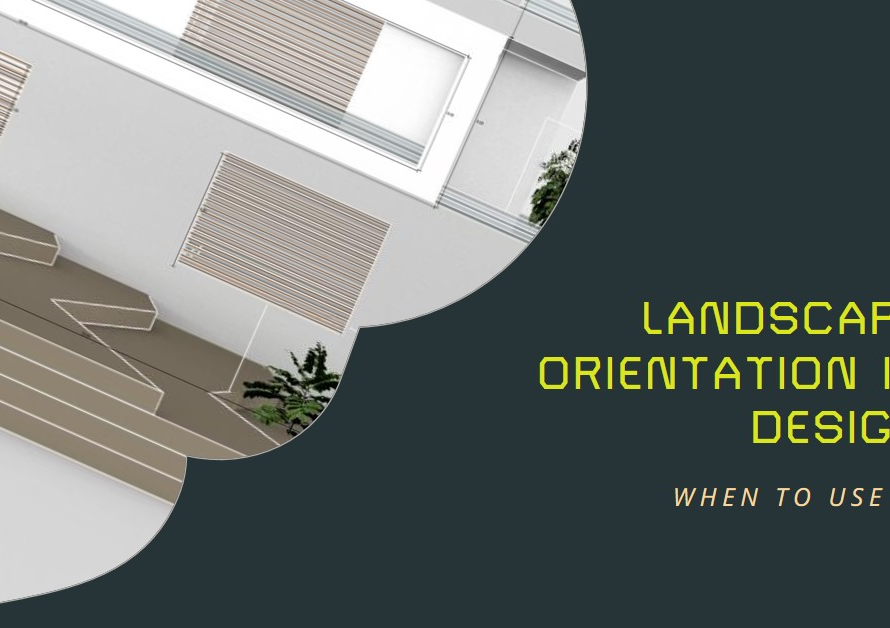
Table of Contents
Introduction to Interior Rendering:
Interior Rendering – In the realm of architectural design, every detail counts. From the grandeur of exterior structures to the intricacies of interior spaces, every aspect plays a pivotal role in crafting spaces that inspire, captivate, and fulfill their purpose. Among the array of tools at the disposal of architects and designers, 3D interior rendering stands out as a cornerstone of modern design processes. This transformative technology transcends traditional methods, offering unparalleled advantages in visualization, communication, and decision-making throughout the architectural journey.
The Evolution of Architectural Rendering:
Before delving into the significance of 3D interior rendering, it’s crucial to understand its evolution within the architectural landscape. Historically, architects relied on hand-drawn sketches and two-dimensional renderings to convey their vision to clients and stakeholders. While these methods provided a basic understanding of design concepts, they often fell short in conveying the immersive experience of inhabiting a space. However, with advancements in technology, particularly the advent of computer-aided design (CAD) and 3D modeling software, architects gained the ability to create lifelike renderings that offer a glimpse into the future of their projects.
Enhanced Visualization:
One of the foremost advantages of architectural 3D interior rendering lies in its ability to enhance visualization. By leveraging cutting-edge software and rendering techniques, architects can transform abstract concepts into photorealistic representations of interior spaces. Whether it’s a cozy living room, a sleek office environment, or a luxurious hotel suite, 3D rendering brings designs to life with stunning clarity and detail. This immersive visualization not only allows architects to fine-tune every aspect of their designs but also enables clients and stakeholders to envision the final outcome with unprecedented realism.
Streamlined Communication:
Effective communication is the cornerstone of successful architectural projects. However, conveying design concepts and ideas can often be challenging, especially when dealing with complex spatial arrangements and aesthetic preferences. This is where architectural 3D interior rendering shines as a powerful communication tool. By presenting clients and stakeholders with lifelike visualizations of proposed designs, architects can bridge the gap between imagination and reality, fostering a deeper understanding and appreciation for the project vision. Furthermore, 3D renderings facilitate constructive feedback and collaboration, enabling all parties involved to contribute their insights and perspectives with clarity and precision.
Facilitating Decision-Making:
In the dynamic world of architecture, decision-making is an iterative process guided by creativity, functionality, and feasibility. Architectural 3D interior rendering serves as a catalyst for informed decision-making at every stage of the design process. By providing stakeholders with comprehensive visualizations of design alternatives, architects can evaluate different concepts, materials, and spatial arrangements with greater confidence and precision. Additionally, 3D rendering enables architects to anticipate potential challenges and opportunities, empowering them to make strategic decisions that optimize both aesthetic appeal and practical functionality.


Efficiency in Design Iterations:
Design refinement is an integral part of the architectural process, requiring meticulous attention to detail and a willingness to explore alternative approaches. However, traditional methods of design iteration can be time-consuming and resource-intensive, often leading to delays and compromises in the final outcome. Architectural 3D interior rendering revolutionizes the iterative design process by enabling architects to explore multiple iterations rapidly and efficiently. Whether it’s adjusting furniture layouts, experimenting with lighting scenarios, or refining material choices, architects can iteratively refine their designs with ease, ensuring that every aspect aligns seamlessly with the project vision.
Empowering Client Engagement:
Client engagement is paramount in the realm of architecture, as projects are ultimately designed to serve the needs and aspirations of their occupants. Architectural 3D interior rendering plays a pivotal role in empowering client engagement by offering immersive visualizations that resonate with their desires and expectations. By showcasing design concepts in vivid detail, architects can elicit valuable feedback and insights from clients, fostering a sense of ownership and collaboration throughout the design process. Moreover, 3D rendering enables architects to address client concerns proactively, resulting in greater satisfaction and confidence in the final outcome.
Driving Marketing and Branding Efforts:
In today’s competitive architectural landscape, effective marketing and branding are essential for success. Architectural 3D interior rendering serves as a powerful tool for driving marketing initiatives and enhancing brand visibility. By creating captivating visualizations of past projects or conceptual designs, architects can showcase their expertise, creativity, and attention to detail to prospective clients and stakeholders. Whether it’s through website galleries, social media campaigns, or marketing collateral, 3D rendering enables architects to convey their unique value proposition and distinguish themselves in a crowded marketplace.
Navigating Complex Regulatory Requirements:
Navigating the intricacies of regulatory requirements is an inherent challenge in architectural design, particularly when it comes to compliance with building codes, zoning regulations, and accessibility standards. Architectural 3D interior rendering offers invaluable support in this regard by providing architects and stakeholders with a comprehensive understanding of how design decisions impact regulatory compliance. By visualizing spatial layouts, circulation paths, and egress routes in detail, architects can identify potential compliance issues early in the design process, minimizing costly revisions and delays during the construction phase.
Conclusion:
In conclusion, the importance of architectural 3D interior rendering cannot be overstated in today’s architectural landscape. From enhancing visualization and communication to facilitating decision-making and client engagement, 3D rendering serves as a catalyst for innovation, efficiency, and excellence in architectural design. As technology continues to evolve and new possibilities emerge, architects have an unprecedented opportunity to leverage the transformative power of 3D rendering to bring their boldest visions to life and shape the built environment of tomorrow.



